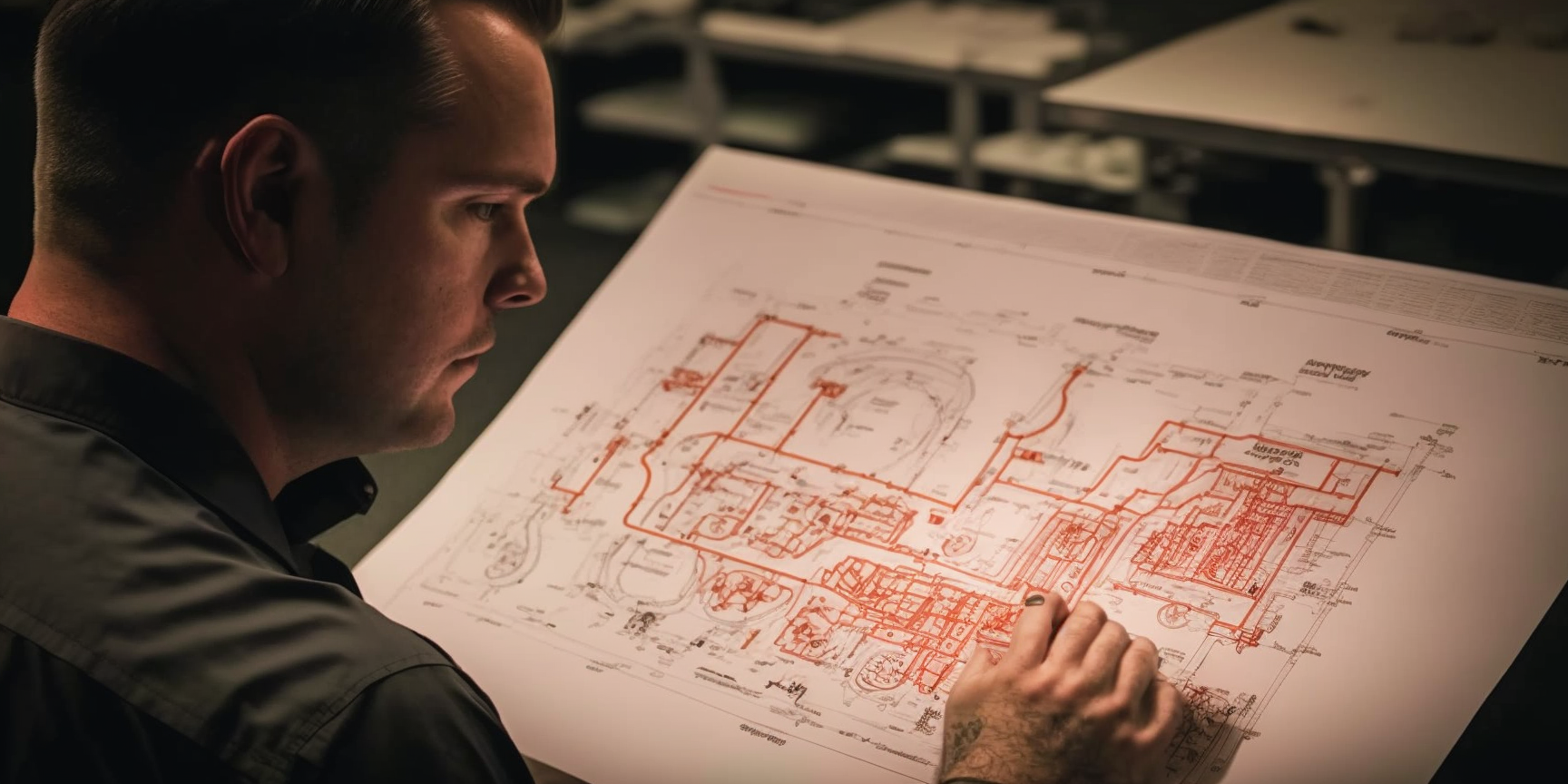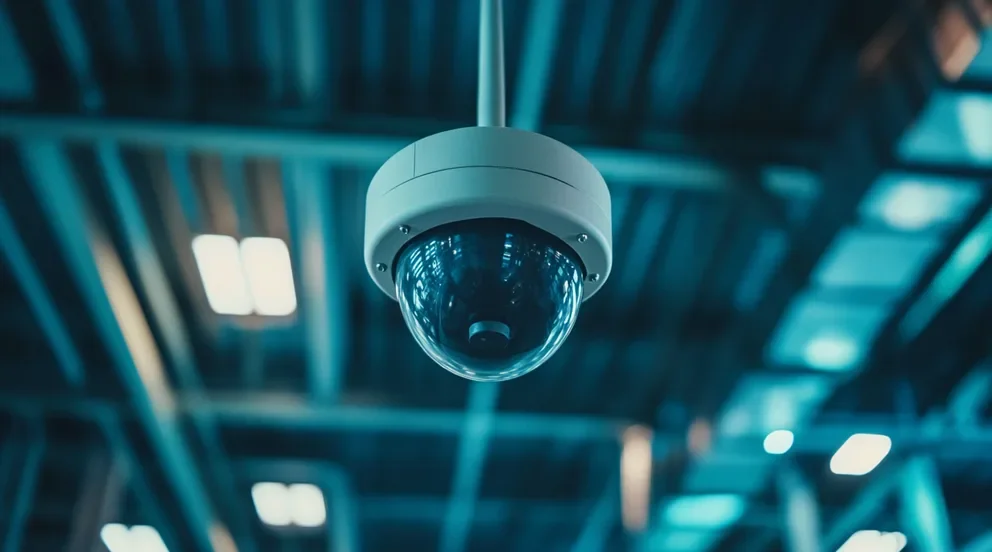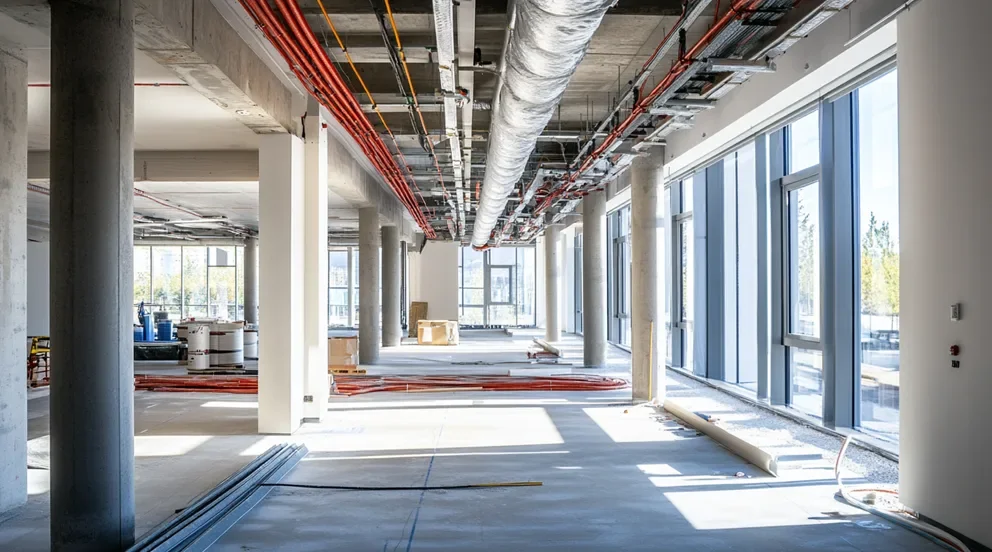What is a Fire Protection System Design?
Fire Protection System Design (FPSD) is the process of designing, engineering, and constructing systems that are used to detect, prevent, and control fires. It includes determining the scope of a project, developing plans and drawings, installing equipment, testing systems, and conducting periodic inspections. The design process should consider both the effectiveness of the system and the cost associated with its installation, maintenance, and operation. Fire protection systems should be tailored to a facility’s unique needs and should meet applicable code requirements. Once designed, a it must be carefully tested to ensure its reliable operation in the event of an emergency.
Additionally, the system must be monitored and inspected regularly to detect any problems with its performance. It is important for facility owners and managers to work closely with a qualified fire protection engineer to ensure that the systems are designed and installed correctly. Fire protection system design is an important step in maintaining a safe environment. It is essential to work with a qualified professional to ensure that the system meets all safety requirements and provides effective protection for your facility.
When would designers need software solutions for Fire Protection System Design?
Designers need software solutions for Fire Protection System Design when they are creating a new building or renovating an existing one. The software provides designers with the tools necessary to develop an effective fire protection system that meets all applicable codes, standards, and regulations. It also helps designers to identify any potential risks and take the necessary measures to reduce the risk of fire.
Through the software, designers will be able to quickly generate accurate drawings and schematics of fire protection systems, enabling them to easily visualize and conceptualize their ideas. This allows designers to see if their design meets the requirements of local codes and regulations regarding sprinkler systems, smoke detectors, alarm systems, fire doors, emergency lighting systems, public address systems, and any other components required by law. Additionally, these software solutions can provide guidance for ergonomic considerations such as occupant comfort in the event of a fire emergency.
Using a software will eliminate costly errors due to manual calculations associated with designing a fire protection system from scratch. By automating the process with precise calculations based on code requirements and engineering best practices, designers can be certain that their designs are compliant with regulations while reducing time spent on labor-intensive tasks.
This specialized software can provide detailed reports including cost estimates for materials and labor which can be submitted along with drawings for approval from various governing bodies before beginning construction or installation of the system itself. This ensures that all aspects of the project meet expectations before it moves forward which is beneficial for both parties involved in terms of time and cost savings.
What are the key features of a sound Fire Protection System Design?
A well-designed fire protection system is critical for ensuring the safety of people and property in any given building. These systems are designed to detect, contain, and suppress a fire before it can cause any significant damage. The key features of a sound fire protection system design include the following:
1. Fire Detection – This feature involves the use of sensors to detect the presence of smoke or high temperatures, which will trigger an alarm system. It can also be used to automatically close off hazardous areas and alert occupants in case of a fire emergency.
2. Containment – This feature involves constructing fire-resistant walls and doors that help contain the spread of flames inside a building by creating physical barriers between different sections of the structure.
3. Suppression – This feature involves using water, foam, or chemicals to put out a fire before it can cause major destruction. It may also involve deploying sprinklers and fire extinguishers throughout the building to ensure that any fires are quickly brought under control.
4. Emergency Response – A well-designed fire protection system should have emergency protocols in place to ensure that occupants evacuate the building safely and quickly, as well as adequate emergency lighting for visibility during a fire evacuation. Additionally, alarm systems should be tested regularly to ensure they are working properly.
What automated solutions are available for maintaining a Fire Protection System Design?
Automated solutions for maintaining a Fire Protection System Design is invaluable to proprietors. Automated systems can perform real time testing and monitoring of fire protection systems. This feature alerts personnel as soon as problems arise. They also can provide detailed diagnostics on any system component to help pinpoint the root cause of issues or potential areas of concern.
One popular automated solution is an alarm panel. Alarm panels can be programmed to monitor and test essential components in real time, such as alarms, sprinkler systems, fire extinguishers, smoke detectors more. They also provide detailed diagnostics on any system component performance, making it easier for personnel to identify and address any areas of concern before they become major problems.
Another popular automated solution is a remote monitoring system. Remote monitoring systems can provide live video or audio feeds of Fire Protection System Designs, allowing personnel to monitor systems from anywhere with an internet connection. They also provide real-time notifications when problems arise and detailed diagnostics on any system component performance.
Automated solutions for maintaining Fire Protection System Designs are cost effective, reliable and help minimize the risk of fire-related incidents. By using these solutions, businesses can ensure their Fire Protection System Design meets all safety and regulatory standards while providing the best possible protection for their personnel and property.
What are the latest software solution features for maintaining Fire Protection System Design?
The latest software solutions for maintaining Fire Protection System Design are designed with an array of features to ensure the safety of occupants from fire hazards in a building. These features make sure that system designs are safe, efficient, and compliant with relevant codes and standards at all times. They also provide valuable insights into the current state of a design as well as potential threats or hazards that could arise in the future. With these solutions, businesses can rest assured that their fire protection systems are up to date and ready for any eventuality.
A good Fire Protection System Design software solution should be updated frequently so that it is always up-to-date with changing regulations and newly available technologies. It should also have extensive user support options such as training manuals, tutorials,
(1-4)
1. Automated Fire Alarm System Design – This feature facilitates the process of designing fire alarm systems and evaluating them against relevant codes and standards. It also provides detailed drawings to help ensure accuracy and compliance with regulations.
2. Risk Assessment – The software can help identify potential fire hazards in a building, evaluate them, and recommend appropriate solutions that will limit risk or mitigate the consequences of a potential event.
3. Fire Sprinkler System Design – The software offers up-to-date support for creating comprehensive designs for sprinkler systems that comply with national code requirements, as well as those set by local municipalities. It can also generate precise hydrant flow calculations to meet specific project requirements.
4. Evacuation Management – Modern evacuation management tools allow users to assess the needs of occupants during emergencies and develop efficient evacuation plans that meet all applicable safety guidelines. The software includes simulations for a variety of scenarios and can recommend resources for emergency responders if required.
(5-8)
5. Code Compliance Reporting – Fire protection system design software provides detailed reports on code compliance issues, including areas where there may be discrepancies between existing conditions and legal requirements. This feature helps make sure buildings are safe and compliant with the law at all times.
6. Maintenance and Testing – Automated maintenance tools enable users to establish regular inspection routines for fire protection systems, as well as schedule tests to ensure readiness in case of emergency. The software can also generate reports that document all the necessary steps taken to maintain compliance with safety regulations.
7. Data Management – Robust data management capabilities help users store and manage all important information related to fire protection system design including drawings, calculations, codes, standards, testing results, and more. This makes it easier for stakeholders in a project to access the most up-to-date information at any time.
8. Simulation Tools – The latest Fire Protection System Design software solutions come with advanced simulation tools that allow users to analyze potential outcomes of various scenarios. This helps to identify potential problems before they occur and ensure the safety of all occupants in a building.
What are the benefits of using a software solution in maintaining Fire Protection System Design?
Software solutions for fire protection system design offer numerous advantages over traditional methods. For instance, they are more efficient and cost-effective in the process of designing and implementing a fire protection system. This is because they provide a comprehensive overview of the entire project, allowing designers to quickly identify potential problems and address them before installation. Additionally, this system provides vendors with automated processes for ordering parts, scheduling installations, tracking progress, and keeping up with industry standards.
Software solutions also enable users to access real-time data from remote locations, which is essential for selecting components that meet current codes and regulations. This reduces the risk of costly mistakes due to outdated or incomplete information. Furthermore, software programs can be used to create detailed designs on computer-aided design (CAD) platforms that are easy to update and share with other stakeholders. The accuracy and precision in creating fire protection plans can also help prevent costly oversights during implementation.
The convenience of a software allows users to keep track of their project’s progress on an ongoing basis throughout each stage of the design process. This provides transparency into the progress of the project and ensures that all steps have been completed correctly. Moreover, this feature can be used to identify areas where there may be potential conflicts or safety risks that need to be addressed immediately. Overall, software solutions offer a variety of benefits when it comes to designing and implementing fire protection systems that ensure maximum safety while minimizing costs associated with traditional methods.



